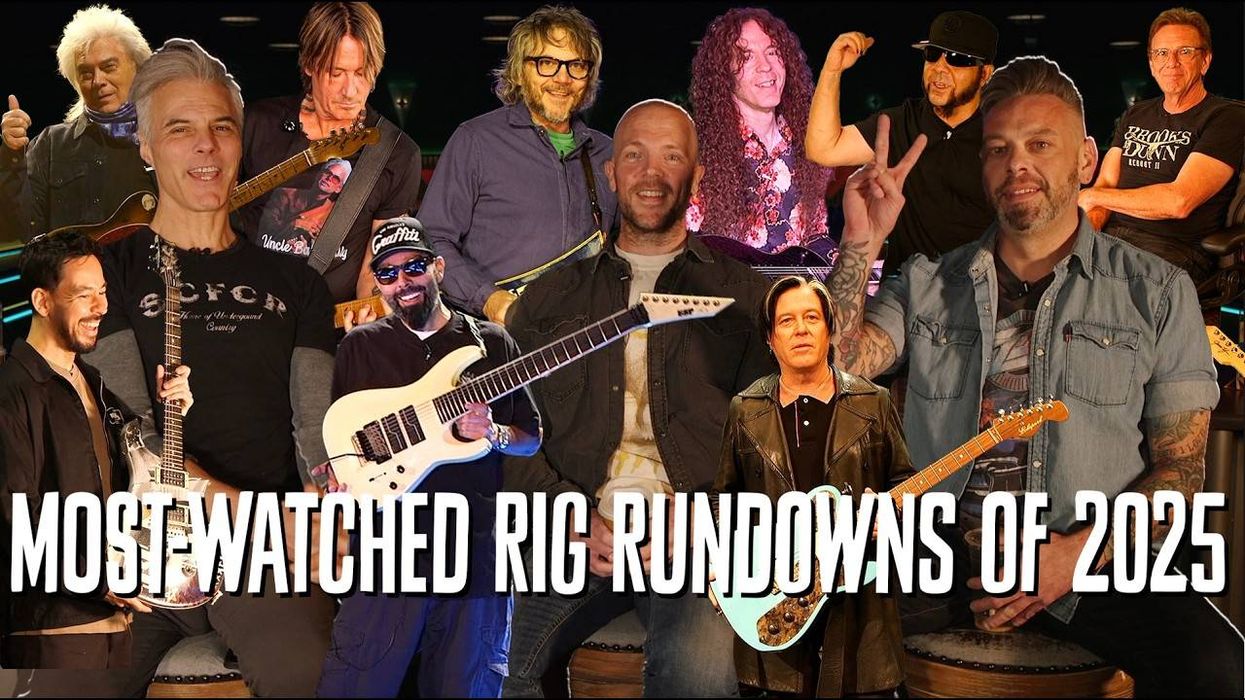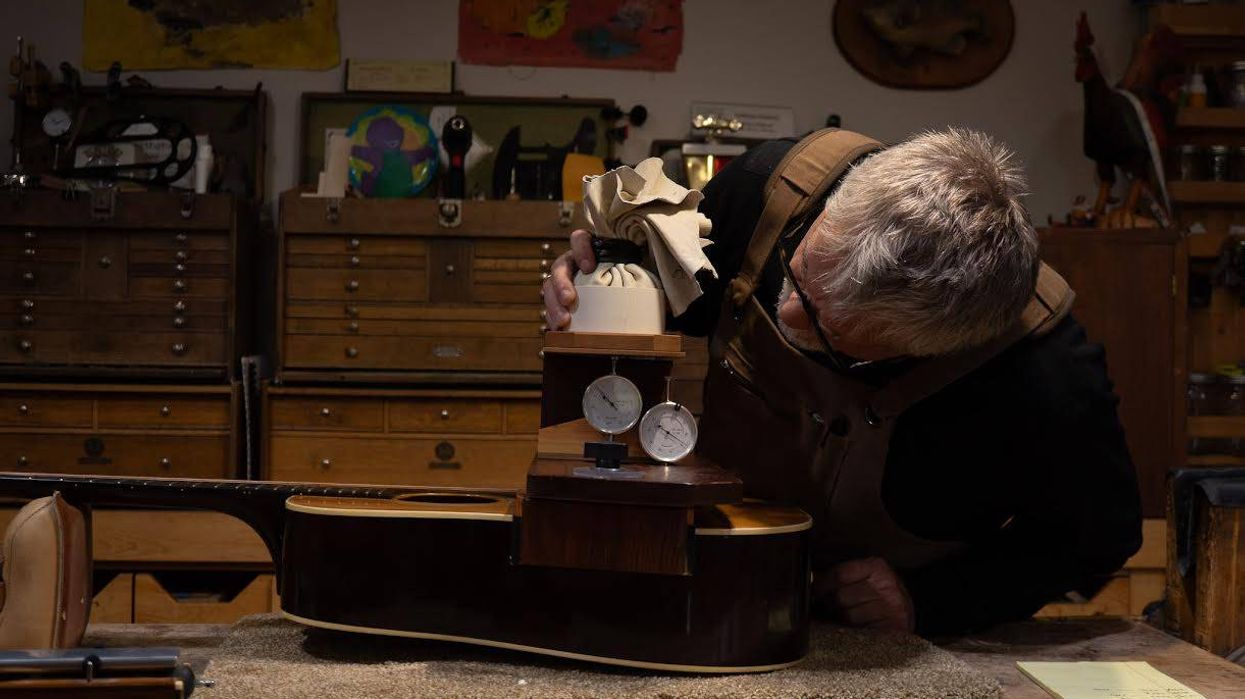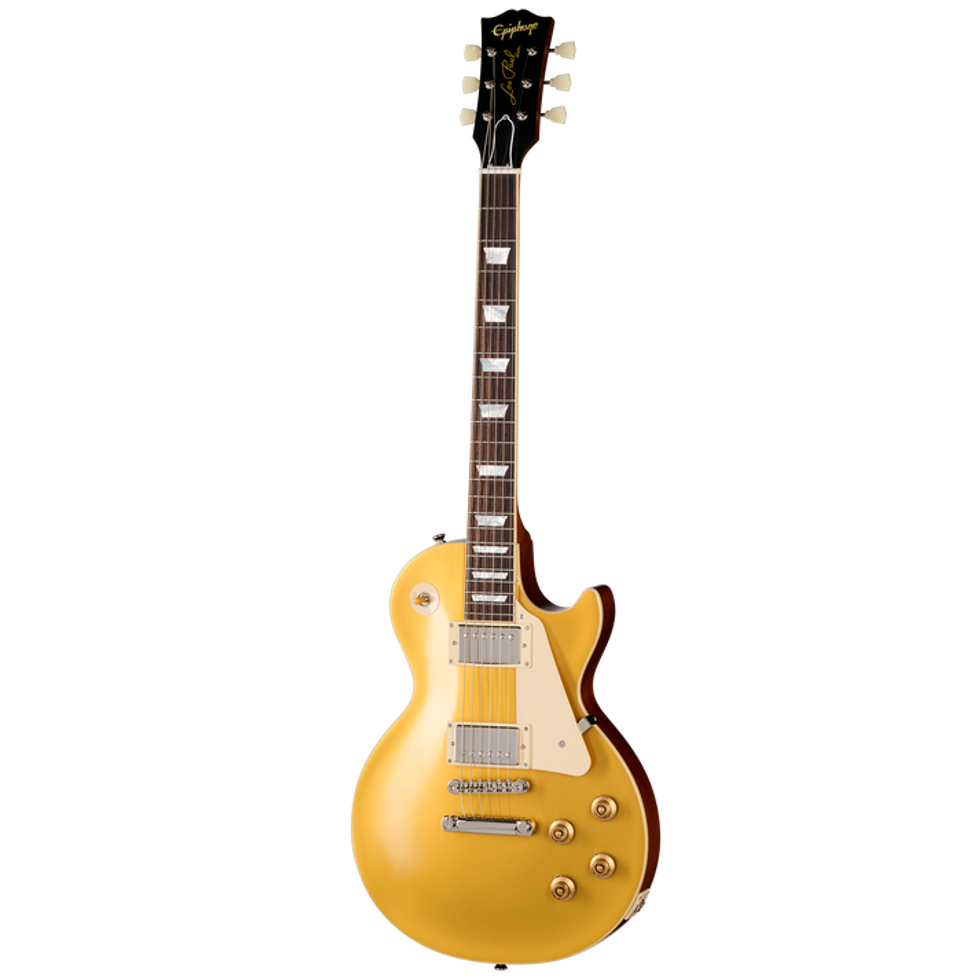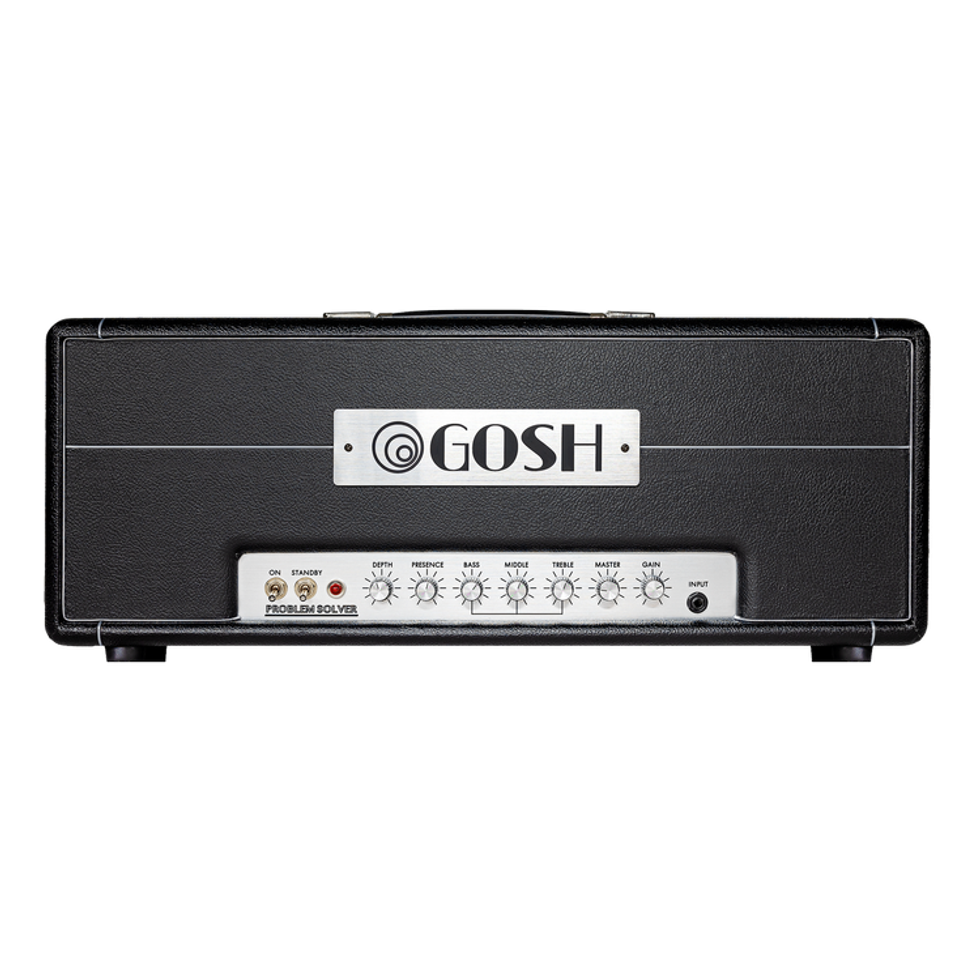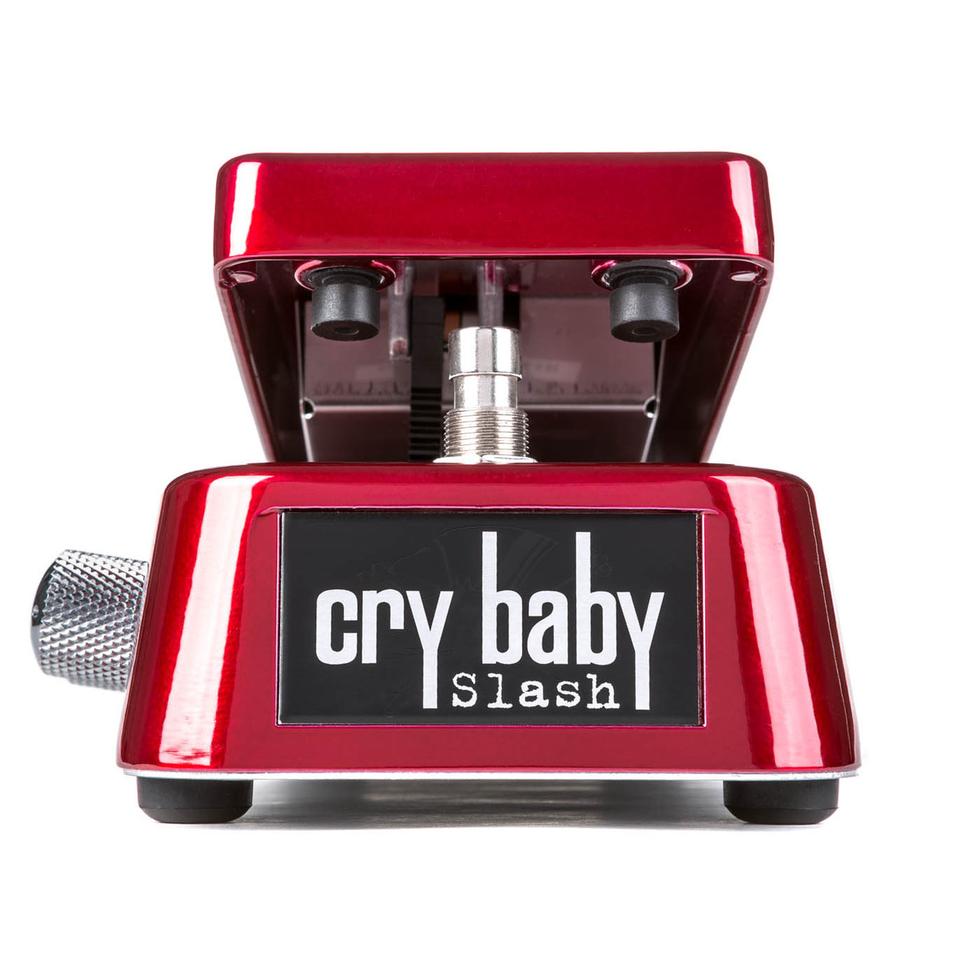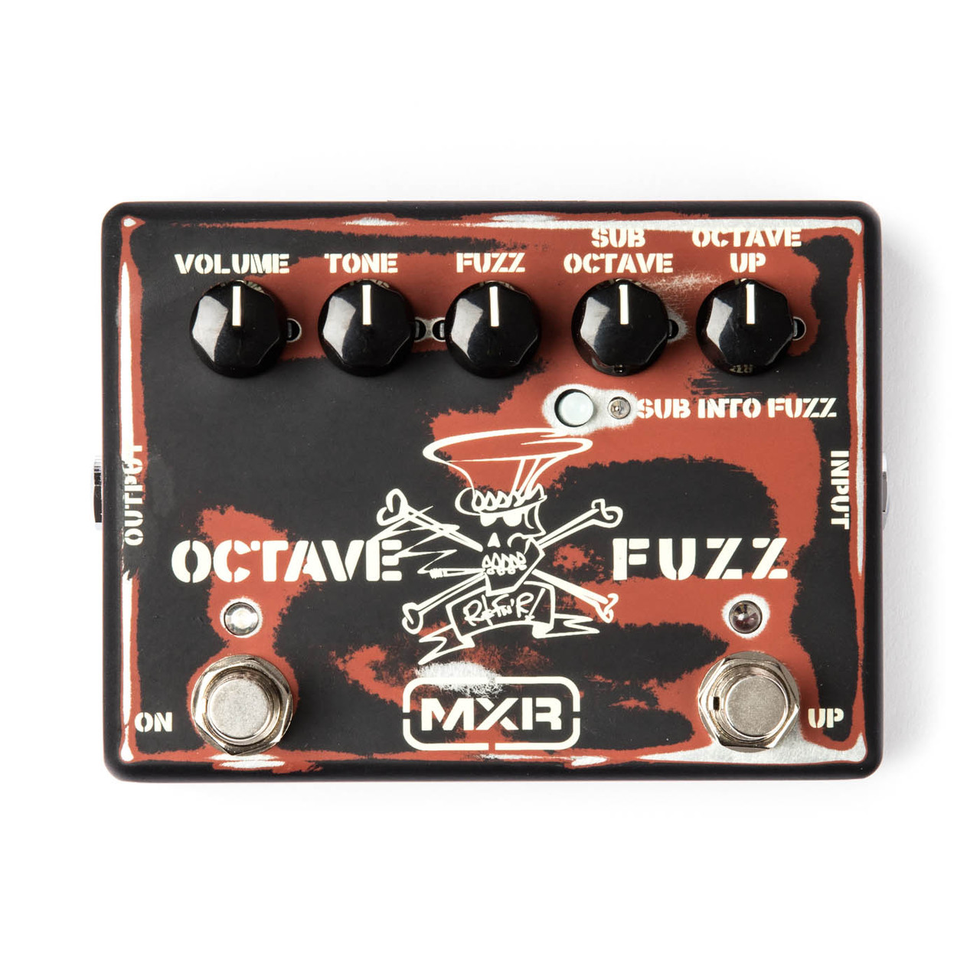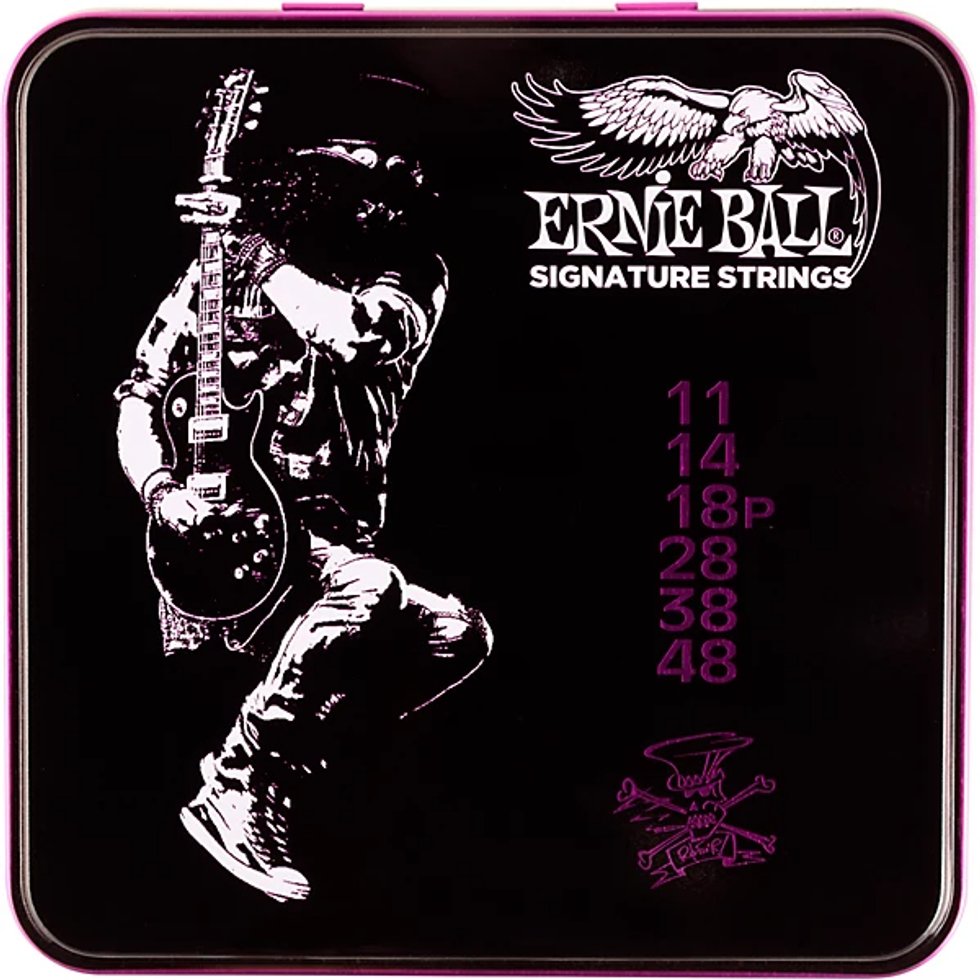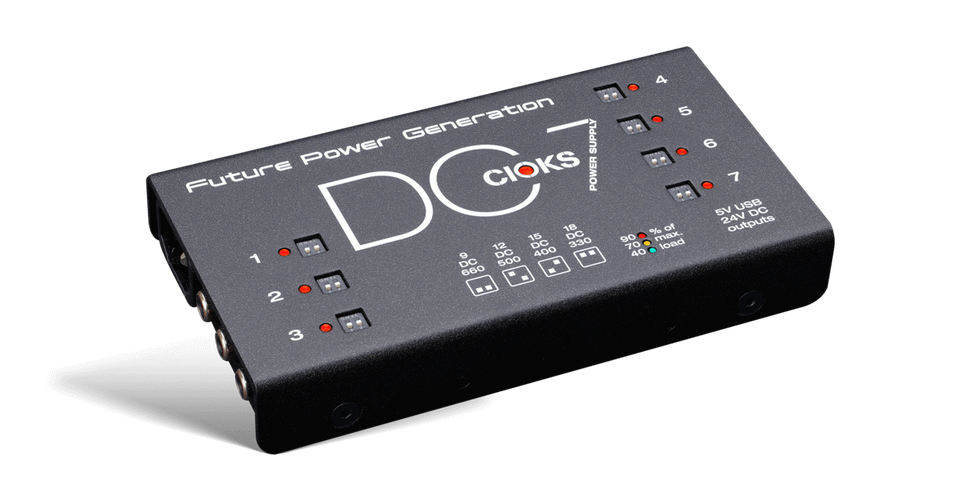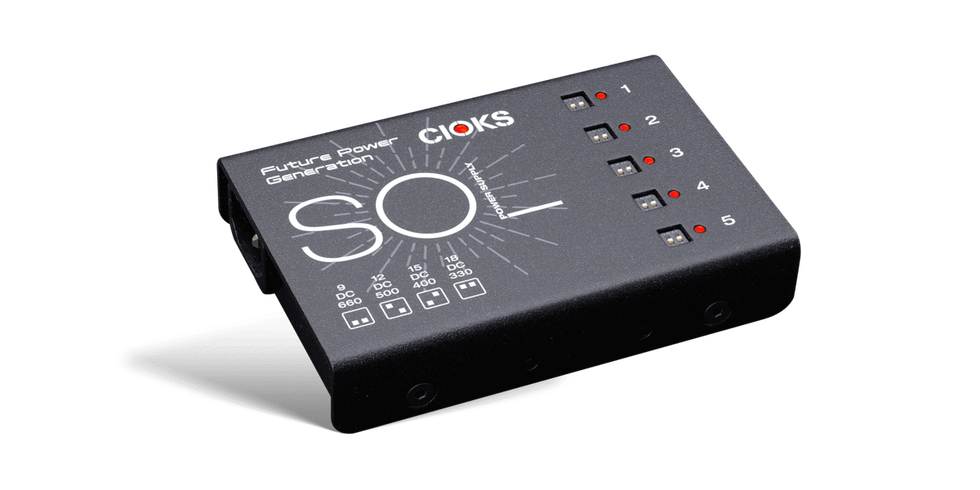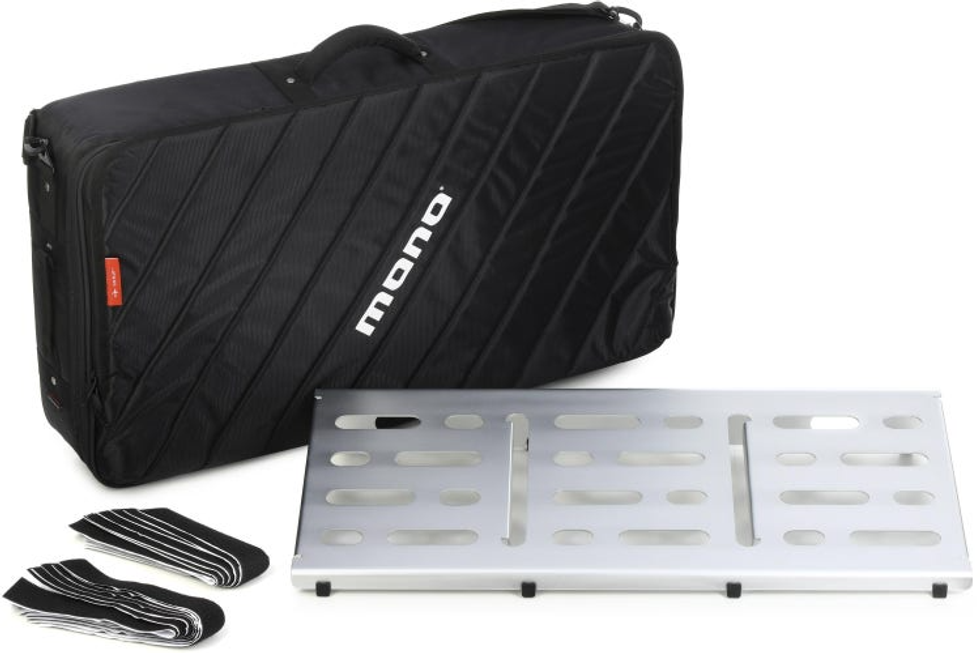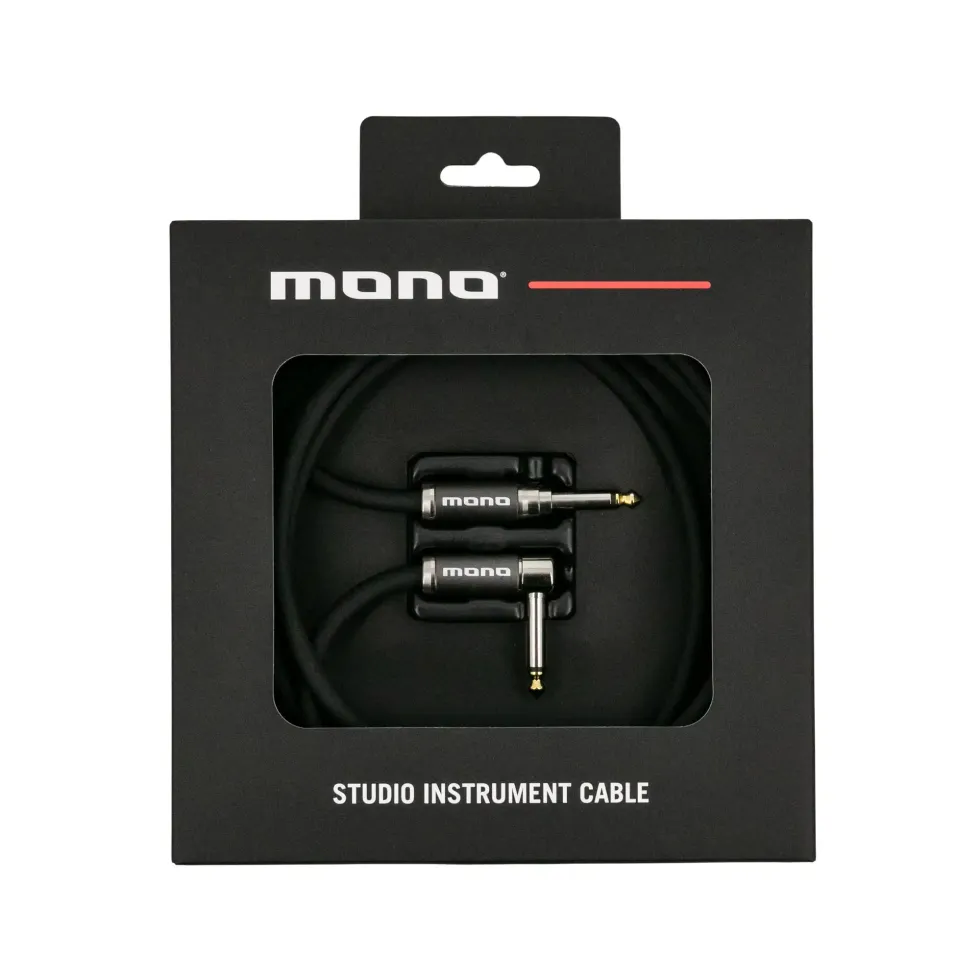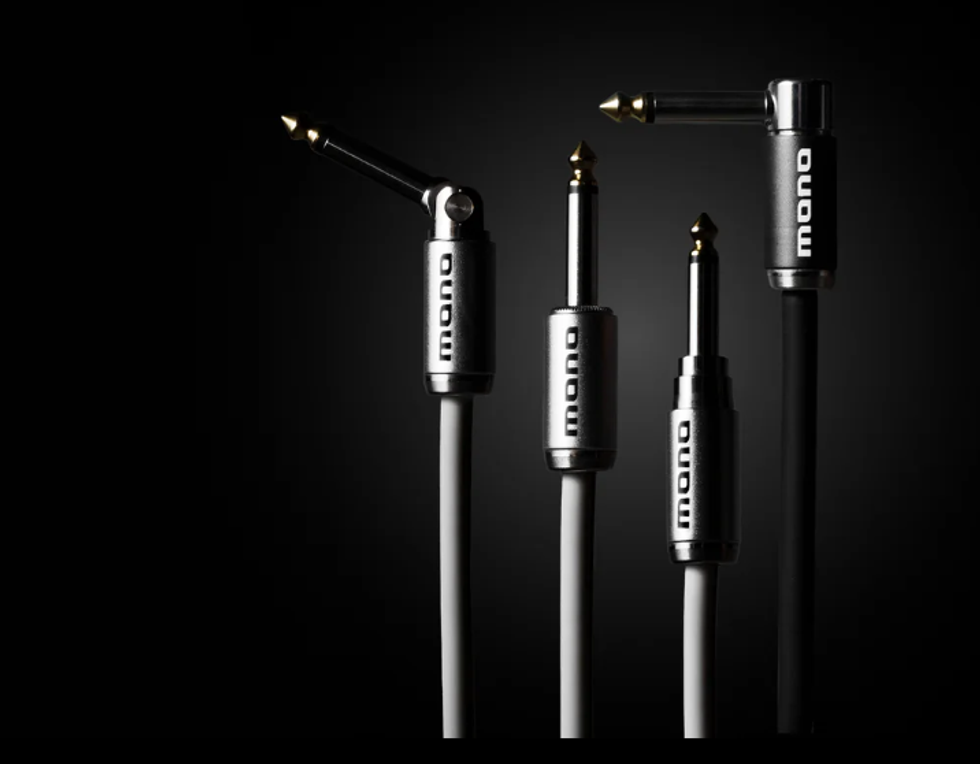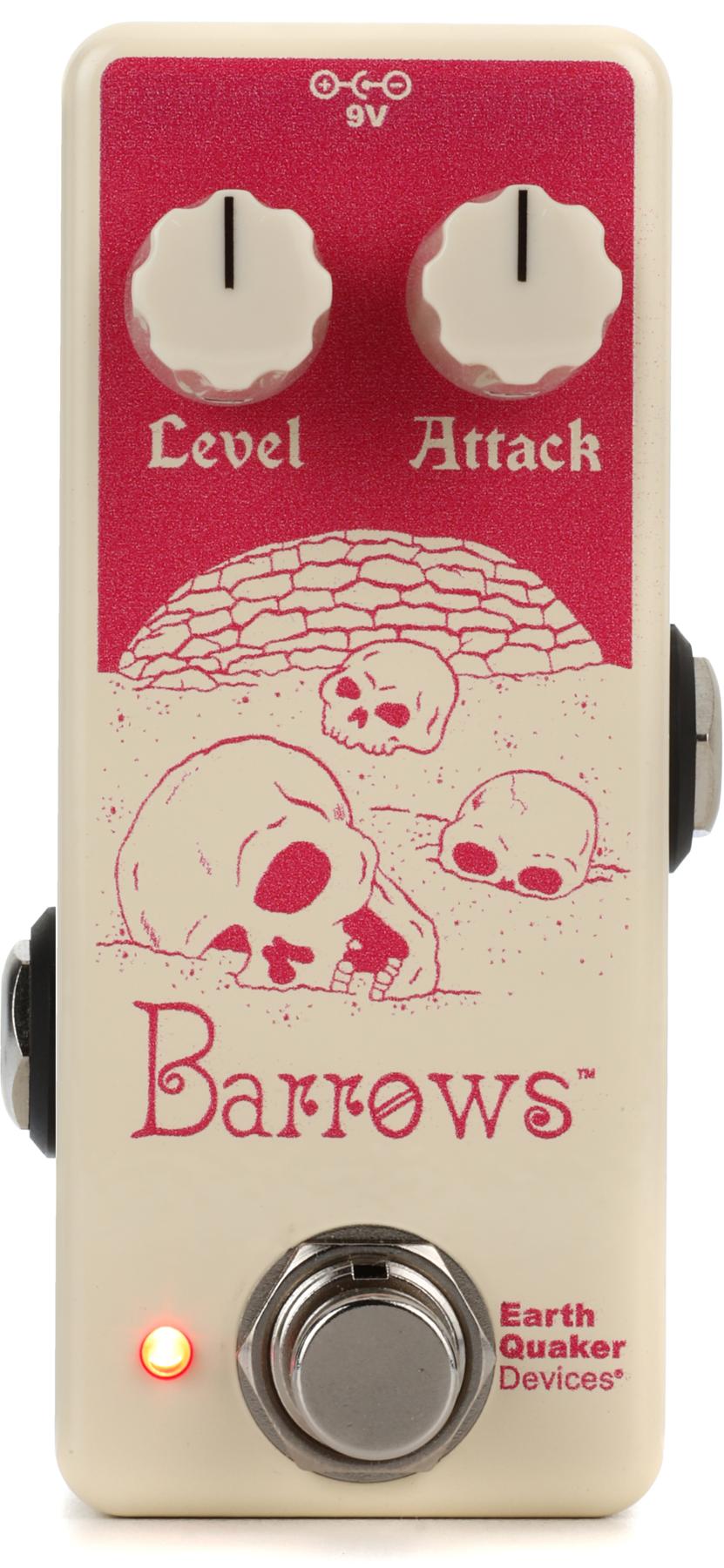 Travis Bean holds one of his signature aluminum necks in 1974 at his Sun Valley, California shop. |
Bean started Travis Bean Guitars in 1974 with the help of partners Marc McElwee and Gary Kramer (who later founded Kramer Guitars). Bean’s guitars were all built around aluminum necks and a neck-through-body design intended to eliminate neck warping, minimize tuning and intonation issues, and enhance sustain and note definition. Bean’s guitars weren’t the first to feature aluminum necks—Wandre and Veleno both used aluminum extensively for necks and bodies—but Bean’s instruments were superb all-around guitars and attracted the attention of the many of the era’s most prominent players.
Jerry Garcia was using a humbucker-equipped TB-1000A by 1975 and a single-coil-equipped TB500 by 1976 to achieve his crystalline signature tone. Keith Richards and Ron Wood both used Travis Beans on the Rolling Stones 1975 tour. Heart’s Roger Fisher, Greg Lake of ELP, and jazz giant Stanley Jordan also helped elevate Travis Bean’s status in the ’70s.
Bean’s guitar’s might have remained curiosities to all but Grateful Dead fanatics and ’70s revivalists were it not for a rediscovery in the late ’80s and ’90s by hard-hitting sonic experimentalists, including Steve Albini of Big Black and Duane Dennison of Jesus Lizard—who prized the high-end sting and sturdiness of Travis Beans for their aggressive post punk styles—and Lee Ranaldo of Sonic Youth, who used the rich, ringing, and sustaining qualities of his TB1000 for the band’s colossally droning orchestral textures.
Though Bean stopped building Travis Bean-branded guitars in 1979 after just five years of production, he built slightly more than 3,500 instruments. Eventually, the renewed interest in the exceptionally rare guitars prompted Bean to begin building a very limited number of specimens again in the late ’90s.



